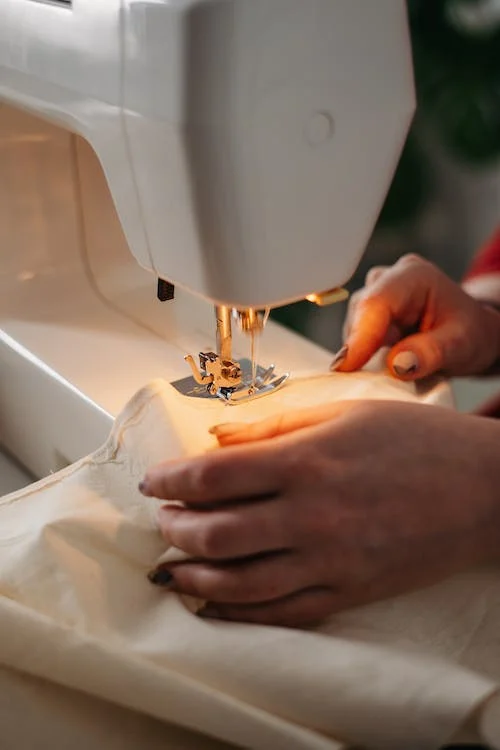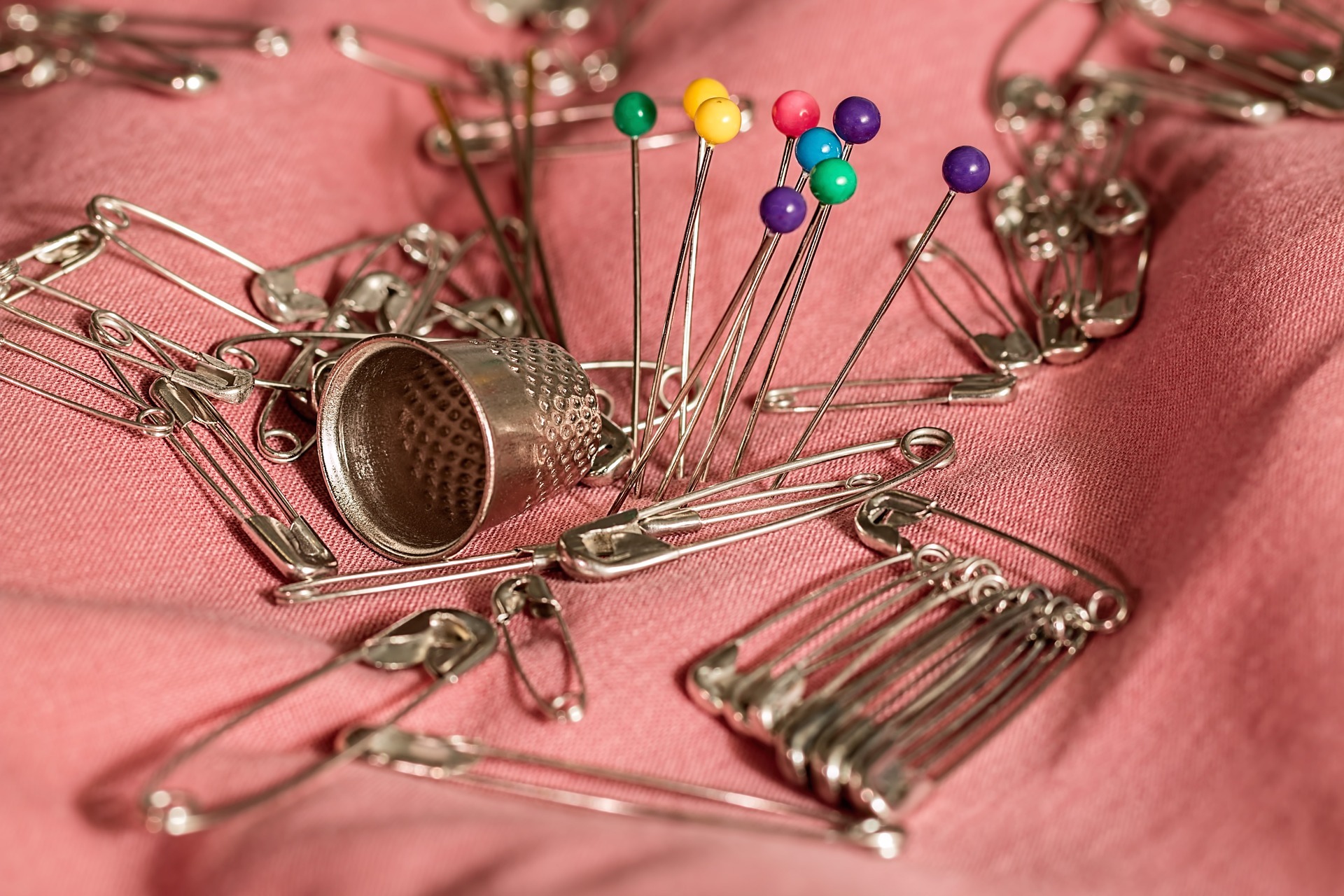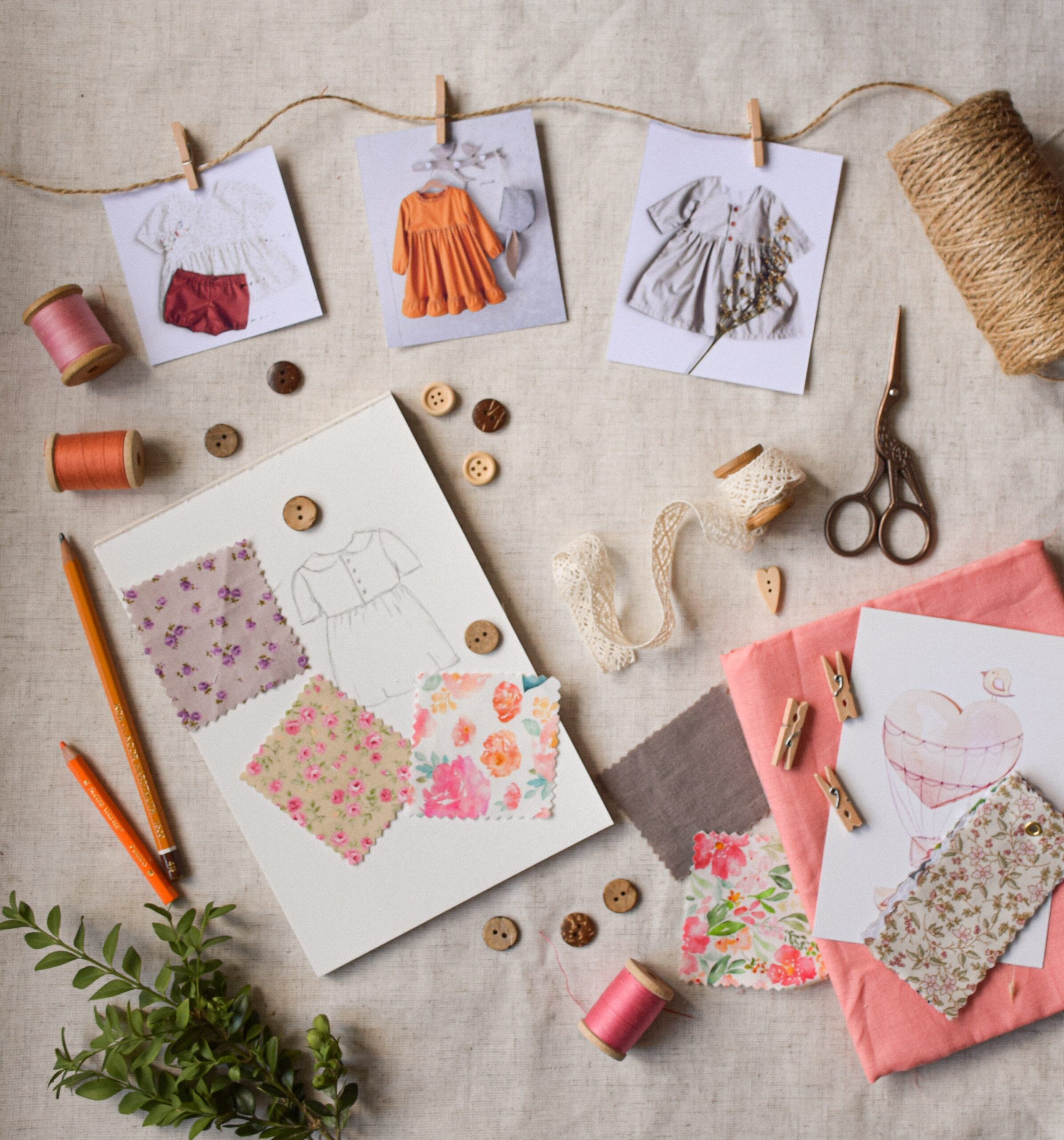Sewing is the art of creating or making clothes and other things using a needle and a thread by a seamstress or a sewist, whose job involves sewing fabrics and clothing altogether. This involves needlework and stitching that puts cloth and materials together to produce anyone’s ideas into reality. This can be done by using a sewing machine or hand sewn. It is believed that sewing relieves stress and improves brain growth, as it also makes you remember specific movements and keeps the mind focused and active. Like other craft activities, this also increases dopamine in the brain, which improves our emotions and makes us feel more positive and happier.
As much as sewing could make you feel brighter, this activity should not be taken too lightly because this can also cause you physical pain and severe injuries, as shown in the list below:
1. Stepping on sharp materials. Human feet are sensitive, and stepping on a needle or a pin might hurt and lead you to get tetanus – you will then need a tetanus shot booster to avoid infection. In some worst cases, immediate surgery is required if the needle gets stuck on your toes and can no longer be taken off at the doctor’s office due to its depth.
2. Tripping on wire cords. This might be overlooked as humans easily trip on anything, but this should be considered with safety. Tripping over your machine’s cords and foot pedal might severely injure you by falling and other unanticipated events.
3. Burned by irons. Iron is an essential item for stress-free sewing as it is used in flattening and smoothening surfaces of the fabric before sewing. However, it may also cause injury while working – some people have acquired 3rd and 4th-degree burns by accidentally touching its hot surface.
4. Eye injuries. While sewing, needles often break, and this causes them to snap off and fly at your face or eyes. Numerous people had severe eye injuries from sewing machine needle breaking off or accidentally sewing unto unremoved pins from the fabric.
5. Sewing through fingernails. Sewing needles are sharp enough to puncture your skin and nails. While sewing, failure to hold and direct the fabric in a stable pace with the machine’s needle can injure your fingernails and skin.
6. Swallowing pins. Removing pins from the fabric without pin cushions to put it into often leads some sewists to put it in their mouths for holding. Because of this, some people end up swallowing pins, leading them to get surgery and treatment.
7. Repetitive Stress Injuries (RSIs). Performing the same course of movements over and over again causes RSI. Cutting fabrics, hunching over a sewing machine, and doing intricate stitching; repetitive actions like these could be the leading cause of a harmful effect on the back, necks and elbows.
The abovementioned list of injuries you could get from sewing might be alarming, but these could be prevented by following the safety precautions below:
1. Keep a strict distance from the machine. As mentioned above, many things could happen when you are too close to the sewing machine. Keep your body away from the needle, especially your fingers and face – to protect yourself from getting punctured. Sometimes, the materials you are working with will need an extra guidance; however, only bring your fingers an inch close to the needle. Find tools available at your local craft store that would help your sewing career easier in the future without putting yourself in danger.
2. Avoid sewing too fast. There are times when you’re in a hurry to get a sewing project done and meet deadlines. But remember that you can accidentally sew over your finger or break your needle because of sewing too fast. Instead, plan your projects in advance to avoid last-minute sewing and push yourself not to procrastinate.
3. Use eye-protection gear. People commonly use eyewear to protect their eyes from a possible needle or pin breakage during sewing. To avoid this type of accident, do not sew over pins and always remove them before sewing. Also, practice proper needle use by replacing them as needed.
4. Keep your pins and needles intact. Provide a cushion or a wrist cushion to keep your pins and needles in one place to avoid injuries and having people step on them. Sharp materials used for sewing should be kept in one storage to prevent accidents from occurring.
5. Work in a comfortable and proper posture. Do not slump because poor posture leads to various physical issues. Your forearms should lie flat on your sewing machine’s table to prevent strains and pains in your back.
6. Take breaks. While working on a sewing project, it can be hard to take a break. But to avoid Repetitive Stress Injuries (RSIs), you should take breaks. It doesn’t have to be long; even 30 minutes or so would greatly help your body. Get up and do wrist, arm, neck, back, and shoulder stretches before and after working on your sewing project.
7. Unplug the machine when not in use. When using a sewing machine, you should always be mindful of what electricity can do. The machine’s power cord might get strained over the years, so it is best to unplug it when not in use to prevent causing electric shock and overheating. Have a professional check on your sewing machine from time to time to avoid mishaps and accidents. This also applies to the usage of iron.
Conclusion:
Sewing has played a massive part in the creation of clothing lines, bags, and other apparel that is a product of one’s creative thoughts. A skillset in this craftsmanship is necessary since the lack of machine knowledge could lead to severe injuries that cannot be later undone. Learning preventions and safety precautions in sewing will greatly help minimize accidents, especially with a sewing machine.



